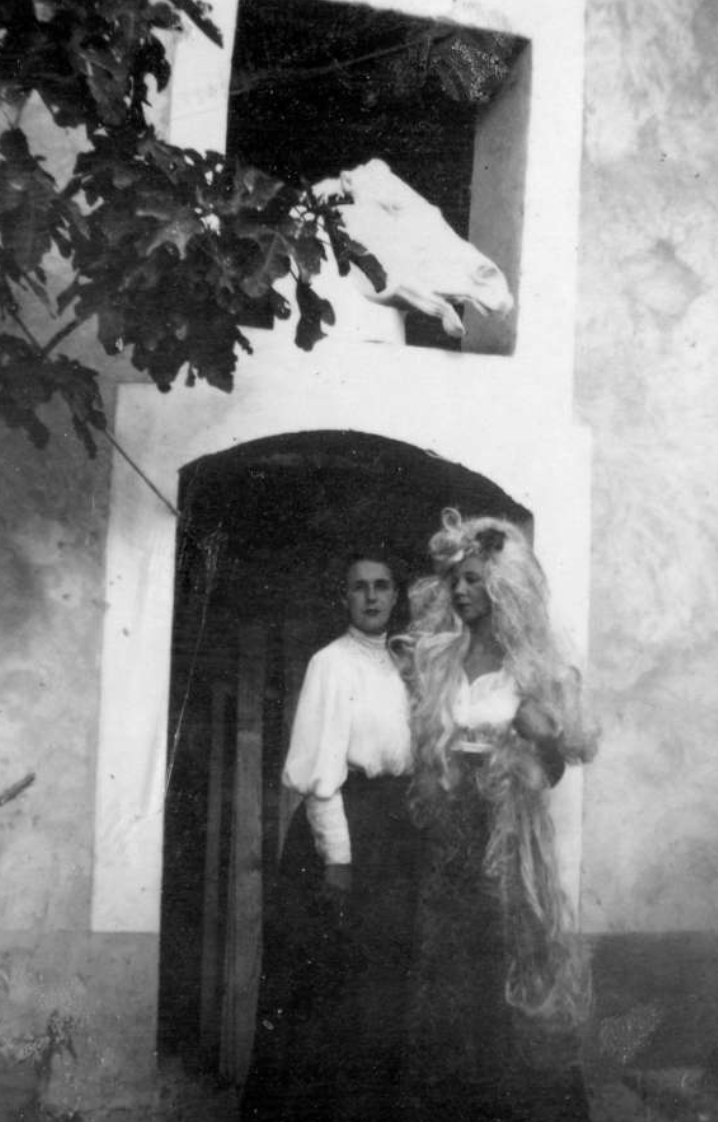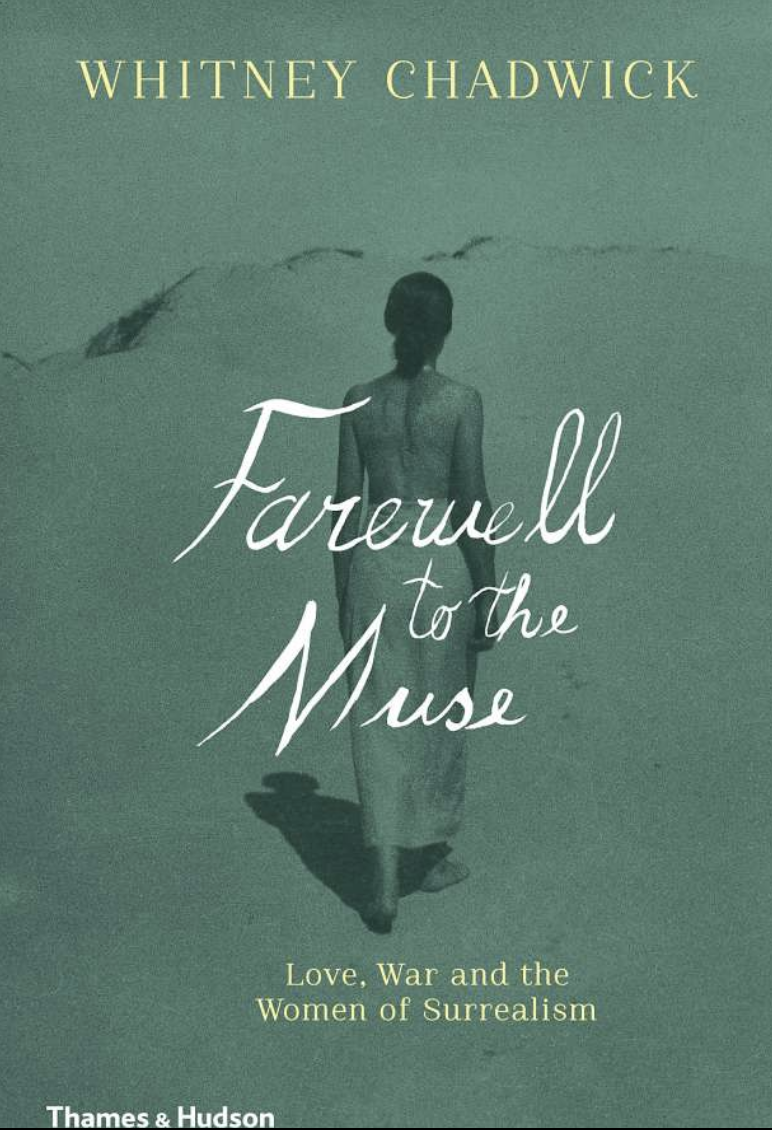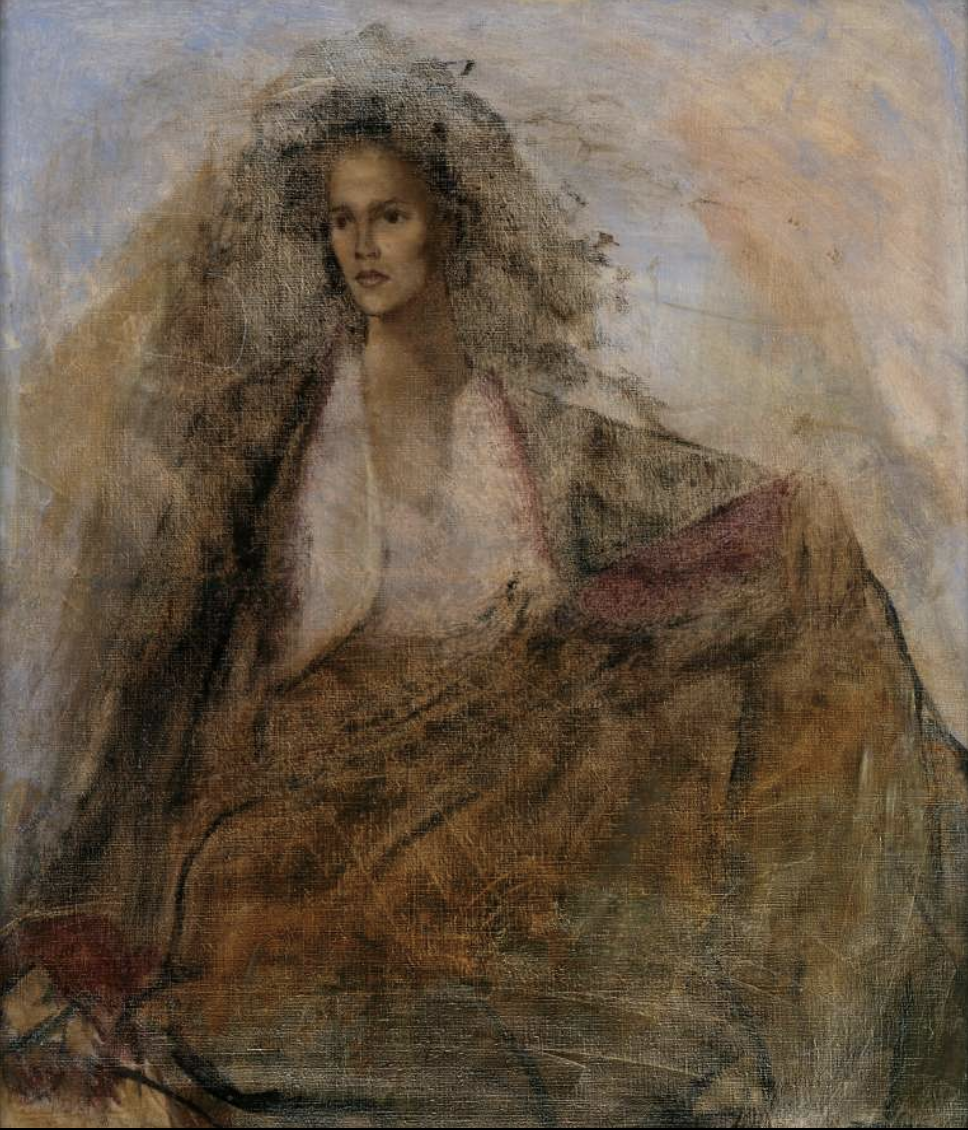Whitney Chadwick studies love, war and the women of Surrealism
Whitney Chadwick studies love, war and the women of Surrealism
Charles Desmarais March 28, 2018 Updated: March 28, 2018 1:46 p.m.



San Francisco author and noted scholar Whitney Chadwick’s “Farewell to the Muse: Love, War and the Women of Surrealism” is the kind of book that will change the history of art. It’s not that the events and their participants will be any different, of course. It’s that Chadwick had the patience to re-examine them all, and the insight to recognize a different story than had yet been told of life and art in the years before and during the Second World War.
The book tells the essential story of 10 women, each of whom made her way out of the shadows of famous men of Surrealist art, stepping down from the muse’s pedestal to claim her own identity. It is a book particularly suited to this moment of re-evaluation of the contributions of women in myriad fields.
Too many art books read as though the person who created the work is superfluous to the art; most biographies ultimately fail to show the connection of the creator to the creation. Chadwick makes clear that the two are one. Nowhere is that more apparent than in the work of the Surrealists, for whom a dream or a nightmare was depicted as more real than the day-to-day. It was a desire, as the author writes of one of her key characters, Valentine Penrose, “to live the mystical essence of life rather than its mundane details.”
It was hard to stay devoted to poetry, however, living in London at the height of the Luftwaffe’s near-constant bombardment in 1940-41. Even the otherworldly Valentine, forced by the war to live in the attic of a home occupied by her rich ex-husband Roland and his new lover, volunteered as a soldier in the Free French Army by day, writing poetry at night.
The lover was the beautiful fashion photographer Lee Miller, who eventually became Sir Roland’s second wife and mother of his son. The war drove her to war reportage and, eventually, Chadwick reports, to alcoholism and amphetamines.
When the war ended, rather than reclaiming her privacy completely, Valentine split her time between a growing lesbian community in Paris, international travel, and long periods sharing home and life with the Penroses. The two women cared for each other at times of sickness and supported one another in their love for (and by) the same man.
This is all to say that Chadwick’s account of life in this era goes a long way to explaining Surrealism. No wonder artists developed unconventional, often dark images, when they lived in a world of shifting social mores, economic uncertainty and, most insidious of all, war on an inescapable, global scale.
The interdependency between Miller and Valentine Penrose is but the last of five same-sex relationships, examined as chapters. It starts with the pairing of that same Valentine Penrose and Alice Rahon Paalen, artist and more-or-less compliant wife to Austrian Surrealist painter Wolfgang Paalen. It moves through the intimate friendships of Leonora Carrington with Leonor Fini, and Frida Kahlo with Jacqueline Lamba Breton. The androgynous partnership of Claude Cahun and Suzanne Malherbe in art, life and espionage is a particular delight to delve into.
“Farewell to the Muse” is an absorbing story. It is full of tantalizing, borderline lascivious, yet essential detail. The concepts are accessible to general interest reader and art specialist alike.
Yet the webs of history, geography, ideas and love can be difficult to untangle. A “Cast of Characters,” like the ones found in theater playbills, opens the book and is helpful. Yet with 12 people listed among “The Women,” 13 among “The Men” and an additional three (presumably genderless?) called “The Dealers,” the author set herself a formidable task. A short “Conclusion” does little to bring the unruly threads under control; it functions, instead, as a place to put stories that had no home elsewhere in the narrative.
“Surrealism, single-sex friendships and the trauma of the Second World War shaped the adult lives and work of many women,” Chadwick writes at one point. “Surrealism meant different things to Alice and Valentine, Frida and Jacqueline, Leonora and Leonor, Claude, Suzanne and Lee. And yet it defined the context of both the women’s roles as muses and their lives as artists.”
“Farewell to the Muse” will convince you of that statement. May it also function as an outline for the many books that could follow upon Chadwick’s research, and a catalyst for the untold number of other topics waiting to be mined.

